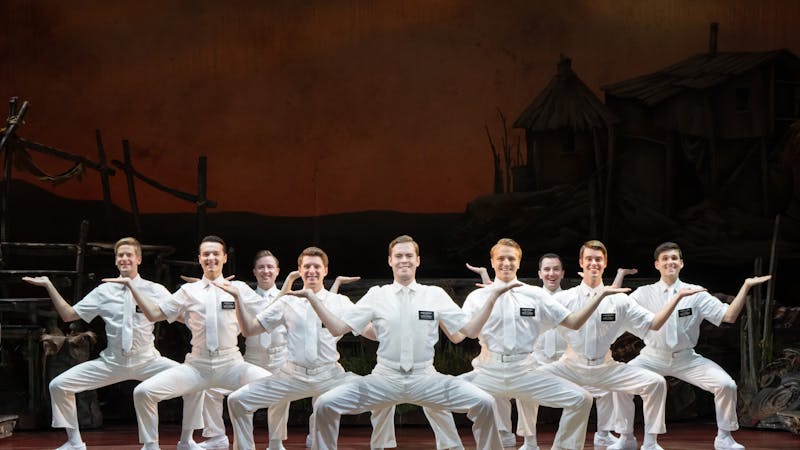Trends on Campus: White-out Fashion Conventions for Fall
This week, the spotlight is on a student that has openly embraced a resurging trend: unabashed defiance of long established fashion rules, such as "Never wear white after Labor Day."
Despite the fact that Labor Day is just days away, Will Rice freshman Pei Wang wore a soft white, front-tie top with little hesitation.
"My style is very casual, easy to put together," she says. "I don't want to think too hard about what I'm wearing in the morning. Usually, it's just a tank top, shorts, or if I'm lazy, skirts."
When asked about whether she will still be wearing her white top after this weekend, she says, "I don't really care about the rule. I dress for the weather."
So where does this seemingly random fashion rule originate? This rule has actually been around since the early 20th century. However not many people are even sure anymore where the rule originated from, or what articles of clothing it refers to. A popular theory is that workers in the 1900s mostly wore dark-colored clothing when they worked in the city.
When summer came around, they would decamp to warmer climates for vacation and switch to lighter clothing. Not only was this a pleasing contrast to city garb, but it also helped people keep cool in the hotter vacation spots. When it was time to go back to work, their wardrobe reverted to clothes that were not as easy to stain.
Not everyone agrees with that background. But as Valerie Steele, director of the Museum at the Fashion Institute of Technology notes: there might not be a functional reason for a fashion rule.
In recent decades, the rule has fallen out of favor. While the fashion rule definitely holds a interesting history, most students would agree with Pei — comfort comes first.
The Houston heat does not end with Labor Day, so wearing cool, light-colored clothing like Pei's is a good idea as long as the temperature refuses to come down.
More from The Rice Thresher
Review: “Balloonerism” is a graceful tribute to Mac Miller’s legacy
Mac Miller’s “Balloonerism” is a delicate balancing act — a posthumous release that feels deeply personal yet walks the fine line between honoring an artist's legacy and commodifying it. Unlike other releases from late artists, which can feel like haphazard collections of half-finished demos (The Party Never Ends by Juice WRLD comes to mind), “Balloonerism” is a cohesive, almost ethereal work.

Review: “The Book of Mormon” involves no reading
“The Book of Mormon”, a flashy musical that is not at all biblically accurate, came to the Houston Hobby Center January 7-12. The musical makes a mockery of the typical mission work expected from Mormons, covering everything from their racism, attempts at forced conversion and inner-religious conflicts, all while tap-dancing and singing away.

Review: “Look Back” is short but powerful
“Look Back” is one of the best films of 2024. Inspired by the tragic 2019 Kyoto Animation arson attack, Tatsuki Fujimoto, the creator of “Chainsaw Man,” crafts a deeply moving tribute that transforms real-life sorrow into a story of resilience and connection.


Please note All comments are eligible for publication by The Rice Thresher.